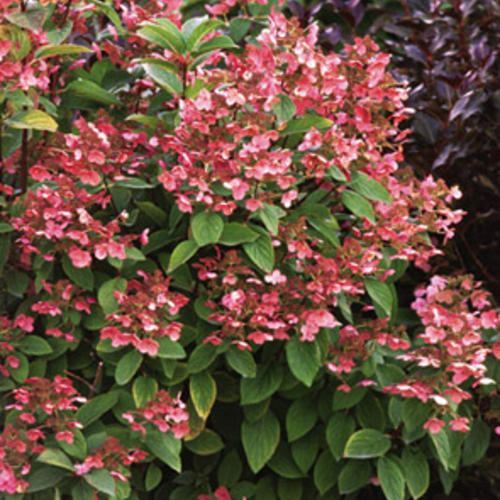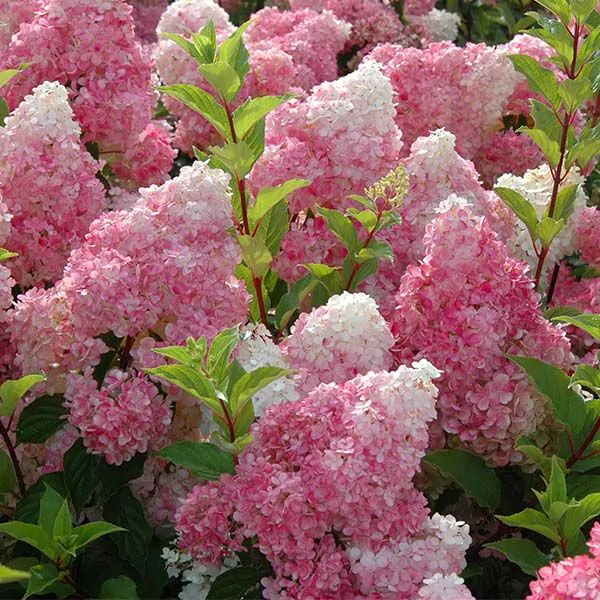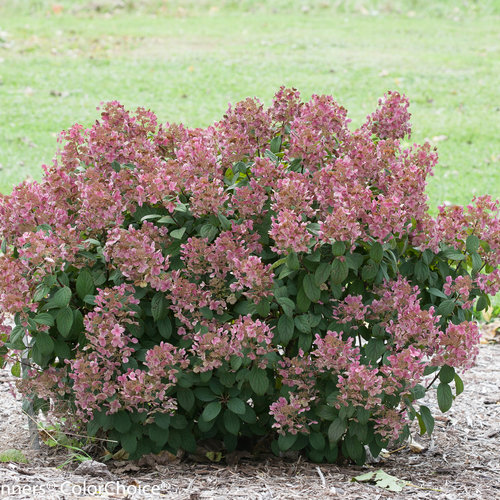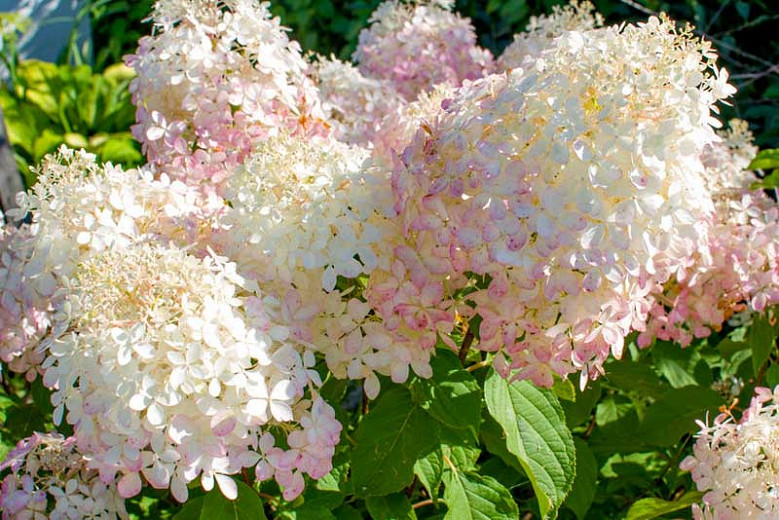Hortensia Paniculata: The Showstopping Shrub That Will Bloom All Summer
Hortensia Paniculata: The ShowStopping Shrub That Will Bloom All Summer
Hydrangeas are one of the most popular flowering shrubs in the world, and for good reason. They come in a wide variety of colors, sizes, and shapes, and they can be grown in a variety of climates. But if you're looking for a hydrangea that will really stand out, you need to consider the panicle hydrangea.
Panicle hydrangeas (Hydrangea paniculata) are known for their large, cone-shaped flowers that can bloom all summer long. They're also relatively easy to care for, making them a great choice for even novice gardeners.
In this blog post, we'll take a closer look at panicle hydrangeas, including their different varieties, how to care for them, and how to use them in your landscape.
What are panicle hydrangeas?
Panicle hydrangeas are native to Asia, and they're one of the most cold-hardy hydrangeas available. They can be grown in zones 3-8, and they're tolerant of a wide range of soil conditions.
Panicle hydrangeas typically grow 3-6 feet tall and wide, and they have large, cone-shaped flowers that can reach 12 inches in length. The flowers are typically white, but they can also be pink, blue, or purple.
Different varieties of panicle hydrangeas
There are many different varieties of panicle hydrangeas, each with its own unique characteristics. Some of the most popular varieties include:
- Limelight: This variety is known for its large, lime green flowers that fade to a soft pink as they age.

- Quick Fire: This variety has bright red flowers that fade to a pale pink as they age.

- Vanilla Strawberry: This variety has white flowers with a pink blush that resemble a strawberry sundae.

- Little Lime: This dwarf variety is only 2-3 feet tall, making it a great choice for small gardens.
- Little Quick Fire: This dwarf variety is similar to Quick Fire, but it only grows 2-3 feet tall.

How to care for panicle hydrangeas
Panicle hydrangeas are relatively easy to care for, but there are a few things you need to do to keep them healthy and happy.
- Plant them in full sun or partial shade. Panicle hydrangeas need at least 6 hours of sunlight per day to flower well.
- Water them regularly, especially during the summer months. Panicle hydrangeas are drought-tolerant, but they will do best if they are watered deeply once a week.
- Fertilize them in the spring and fall. Use a balanced fertilizer, such as 10-10-10, and follow the directions on the label.
- Prune them in the spring. Panicle hydrangeas should be pruned in the spring, just before they start to grow. Remove any dead, diseased, or damaged branches.
How to use panicle hydrangeas in your landscape
Panicle hydrangeas are a versatile plant that can be used in a variety of ways in your landscape. They can be planted as standalone shrubs, used as hedges, or incorporated into flower beds.
Panicle hydrangeas are also a great choice for cut flowers. Their large, showy flowers make them a beautiful addition to any bouquet.
Conclusion
Panicle hydrangeas are a beautiful and easy-to-care-for shrub that can add a touch of elegance to any garden. With their large, cone-shaped flowers that bloom all summer long, panicle hydrangeas are sure to be a showstopper in your landscape.
If you're looking for a beautiful and versatile shrub that can add a touch of elegance to your garden, then you should consider hortensia paniculata. Also known as panicle hydrangea, this plant is native to China and Japan and is known for its large, showy blooms.
Panicle hydrangeas come in a variety of colors, including white, pink, blue, and purple. They can grow up to 10 feet tall and wide, making them a great choice for a privacy hedge or focal point in your garden.
If you're interested in learning more about hortensia paniculata, I recommend visiting . This website has a wealth of information about the plant, including its history, care requirements, and varieties.
FAQ of hortensia paniculata
1. What is Hydrangea paniculata?
Hydrangea paniculata is a deciduous shrub that is native to East Asia. It is known for its large, cone-shaped flowers that bloom in late summer and fall. The flowers can be white, pink, blue, or purple, depending on the variety. Hydrangea paniculata is a relatively easy-care plant that is drought-tolerant and can withstand cold winters.
2. How do I care for Hydrangea paniculata?
Hydrangea paniculata is a relatively easy-care plant, but there are a few things you can do to ensure that it thrives. First, plant it in a sunny to partially shady location. Hydrangea paniculata prefers moist, well-drained soil. Water it regularly, especially during the summer months. Fertilize it once a year in the spring with a balanced fertilizer.
3. How do I deadhead Hydrangea paniculata?
Deadheading is the process of removing spent flowers. This will encourage the plant to produce more flowers. You can deadhead Hydrangea paniculata by hand or with a pair of shears. Simply cut off the spent flowers at the base of the stem.
4. How do I overwinter Hydrangea paniculata?
If you live in an area with cold winters, you will need to protect your Hydrangea paniculata from the cold. You can do this by covering the plant with a burlap sack or by wrapping it with horticultural fleece. You may also need to water the plant more frequently during the winter months.
5. What are some common pests and diseases of Hydrangea paniculata?
The most common pests of Hydrangea paniculata are aphids, spider mites, and scale insects. These pests can be controlled with insecticidal soap or neem oil. The most common diseases of Hydrangea paniculata are leaf spot and powdery mildew. These diseases can be prevented by watering the plant at the base of the stem and by providing good air circulation.
Image of hortensia paniculata
- Hortensia paniculata in full bloom. This image shows a large, lush hydrangea bush covered in white flowers. The flowers are arranged in large, cone-shaped clusters.

- Hortensia paniculata in a garden setting. This image shows a hortensia paniculata bush planted in a garden. The bush is surrounded by other flowers, including roses, lilies, and daisies.

- A close-up of hortensia paniculata flowers. This image shows a close-up of the flowers of a hortensia paniculata bush. The flowers are a delicate shade of pink.

- Hortensia paniculata in a vase. This image shows a hortensia paniculata bush cut and arranged in a vase. The flowers are a vibrant shade of blue.

- A hortensia paniculata bush in fall. This image shows a hortensia paniculata bush in fall. The leaves of the bush have turned a beautiful shade of red.

Post a Comment for "Hortensia Paniculata: The Showstopping Shrub That Will Bloom All Summer"